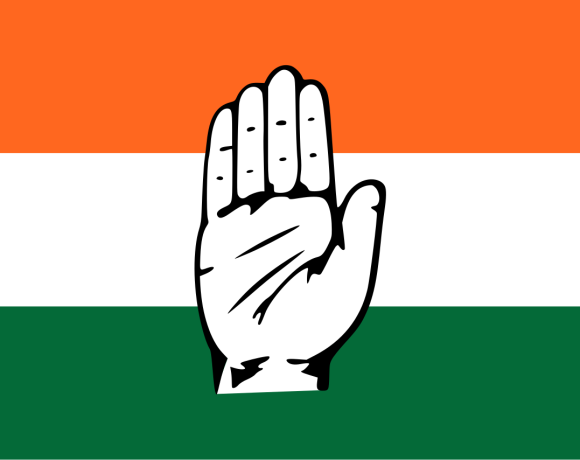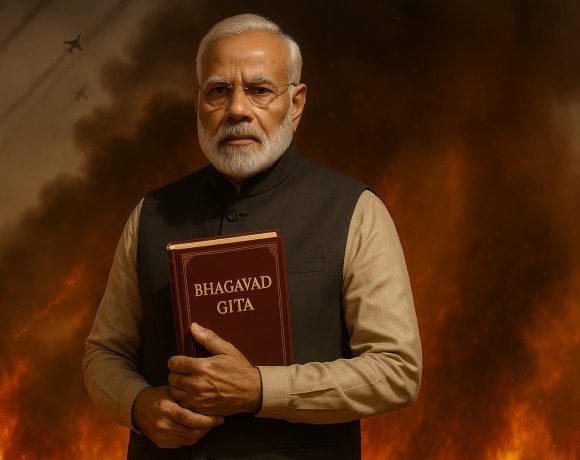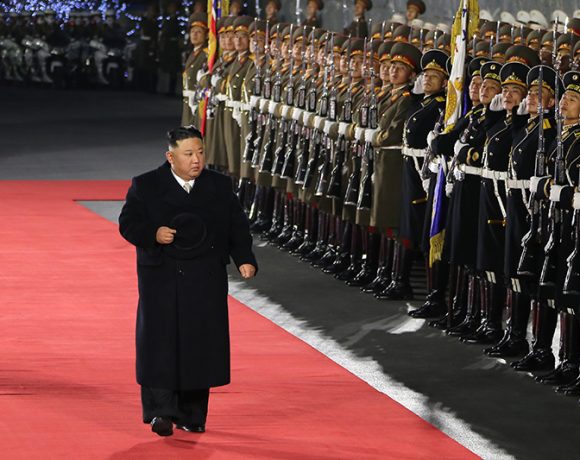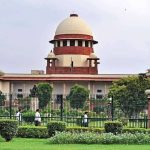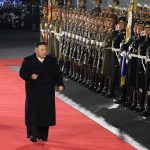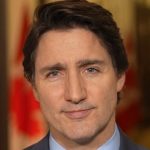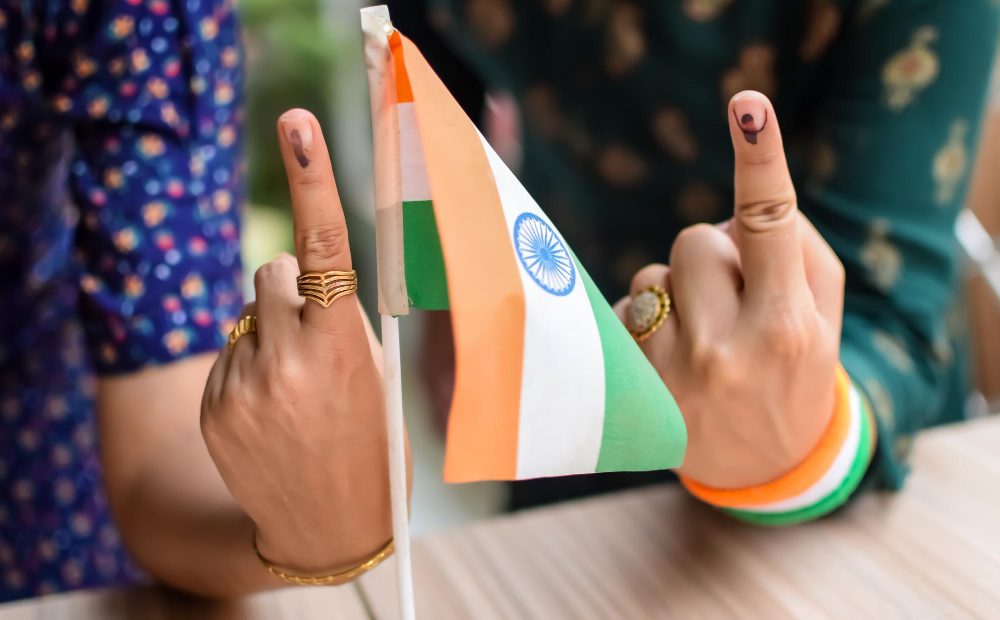
Why India Needs “One Nation, One Election”
Elections in India are not just a democratic exercise; they’re a logistical marvel. Over a billion people, 900 million eligible voters, thousands of constituencies, and crores of government officials come together to shape the world’s largest democracy. Yet, every five years, the country finds itself in a near-constant state of electoral flux. General elections, state elections, by-polls—there’s always something happening. It’s high time we pause and ask ourselves: is this the best way to run our democracy?
The idea of “One Nation, One Election” (ONOE) isn’t new, but its urgency has never been clearer. Imagine saving thousands of crores of taxpayer money, ensuring uninterrupted governance, and giving our policymakers the space to make decisions without the looming shadow of elections. Sounds ideal, doesn’t it? But like all good ideas, the devil lies in the details.
The Case for ONOE
Let’s start with the obvious: costs. The 2019 general election alone cost ₹60,000 crore, and state elections, scattered across five years, add another ₹60,000–₹1,25,000 crore. Frequent elections mean repetitive expenses on security, logistics, and campaign spending. Consolidating these into a single electoral event could save a substantial portion of this expenditure. That’s money that could be redirected towards schools, hospitals, and infrastructure.
Then there’s the governance paralysis. The Model Code of Conduct (MCC), which comes into effect during elections, essentially puts a pause on major policy decisions. While necessary to ensure fairness, frequent elections mean long periods where governments hesitate to act boldly, fearing electoral backlash. ONOE would reduce this by limiting the MCC’s impact to a single window every five years.
And let’s not forget voter fatigue. Elections can overwhelm even the most enthusiastic citizen. A single, well-organized election could potentially boost voter turnout by making it more convenient for everyone to participate.
The Roadblocks
Of course, ONOE isn’t without challenges. How do you synchronize the terms of the Lok Sabha and state assemblies, many of which don’t align? Constitutional amendments will be needed, and political consensus is a must. Then there’s the logistical challenge of organizing simultaneous elections in a country as vast and diverse as India. This is no walk in the park—it’s a marathon.
And there’s the tricky issue of federalism. States might see this as an attempt to centralize power. It’s crucial to strike a balance that respects the autonomy of states while pushing for greater efficiency.
The Way Forward
Here’s the thing: you don’t need to eat the elephant in one bite. India can start small. Pilot ONOE in a few states, learn from the experience, and gradually expand. Invest in electoral infrastructure, train personnel, and most importantly, educate voters about how this will work. Transparency is key. People need to know how mid-term dissolutions or emergencies will be handled to ensure no one feels shortchanged.
ONOE could also reduce the disruptive deployment of teachers, security forces, and administrative staff for election duties, which often impacts education, law enforcement, and governance. If executed properly, it’s not just about saving money—it’s about saving time, effort, and focus.
A Step Towards Stability
Elections are the heartbeat of democracy, but even a heartbeat needs rhythm. ONOE could be that rhythm India desperately needs. It’s not about fewer elections; it’s about better elections. The transition won’t be easy, but then again, neither was achieving independence, building a constitution, or transitioning to digital payments. Big ideas take time—but they’re worth it.
So, let’s ask ourselves: do we want to keep running a perpetual electoral race, or do we want to walk steadily toward progress? The answer lies in making “One Nation, One Election” a reality, but doing it right, one step at a time. After all, democracy isn’t just about casting votes; it’s about ensuring those votes truly count.


